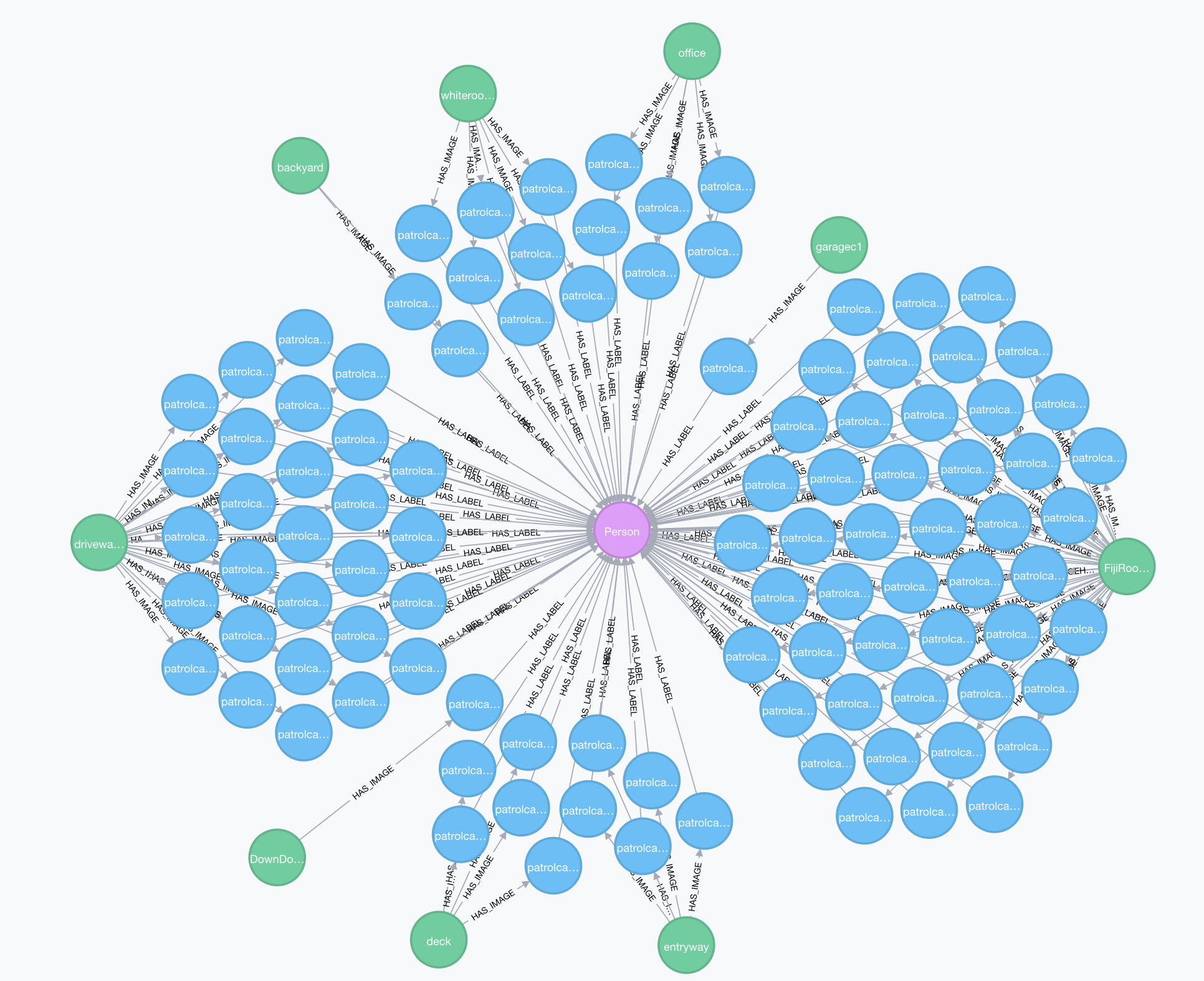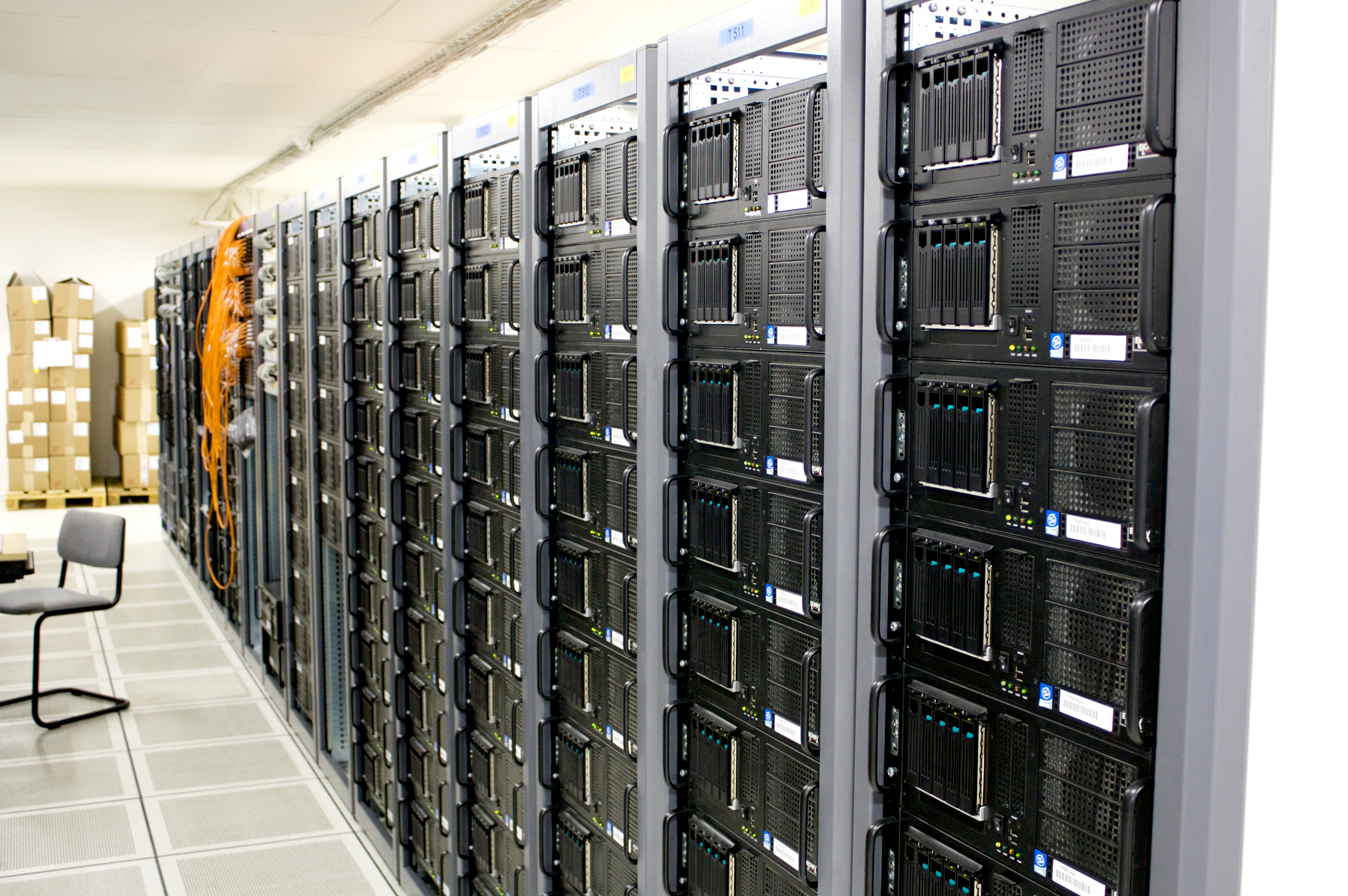As an extension of my series of posts on handling IoT security camera images with a Serverless architecture I’ve extended the capability to integrate AWS Rekognition Amazon Rekognition is a service that makes it easy to add image analysis to your applications. With Rekognition, you can detect objects, scenes, and faces in images. You can… Continue reading Analyzing AWS Rekognition Accuracy with Neo4j
Tag: Serverless
Series – Part 5: Serverless Architecture – a practical implementation: Serverless web application.
In part four of the series I discussed securing the serverless REST API serving the collected IoT data from the security camera devices. In this post I will cover deploying the web application that uses the REST API.
Series – Part 4: Serverless Architecture – a practical implementation: Securing a Serverless REST API
In part three of the series I discussed creating a serverless REST API – using Lambda and API Gateway – to serve the collected IoT data from the security camera devices. In this post I will cover securing the REST API.
Series – Part 2: Serverless Architecture – a practical implementation: IoT Device data collection, processing and user interface.
In part one of this series I briefly discussed the purpose of the application to be built and reviewed the IoT local controller & gateway pattern I’ve deployed. To recap, I have a series of IP cameras deployed and configured to send (via FTP) images and videos to a central controller (RaspberryPI 3 Model B).… Continue reading Series – Part 2: Serverless Architecture – a practical implementation: IoT Device data collection, processing and user interface.
Series – Part 1: Serverless Architecture – a practical implementation: IoT Device data collection, processing and user interface.
Serverless architectures are getting a lot of attention lately – and for good reason. I won’t rehash the definition of the architecture because Mike Roberts did a fine (and exhaustive) job over at MartinFowler.com. However, practical illustrations of patterns and implementations are exceptionally hard to find. This series of posts will attempt to close that gap… Continue reading Series – Part 1: Serverless Architecture – a practical implementation: IoT Device data collection, processing and user interface.

